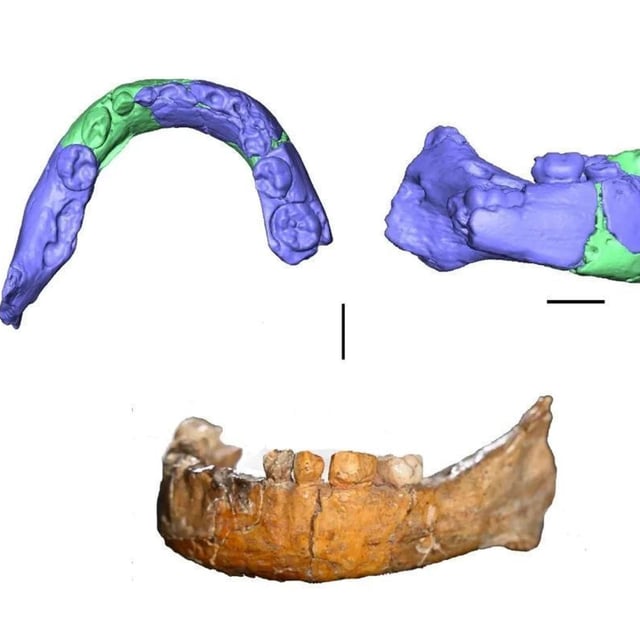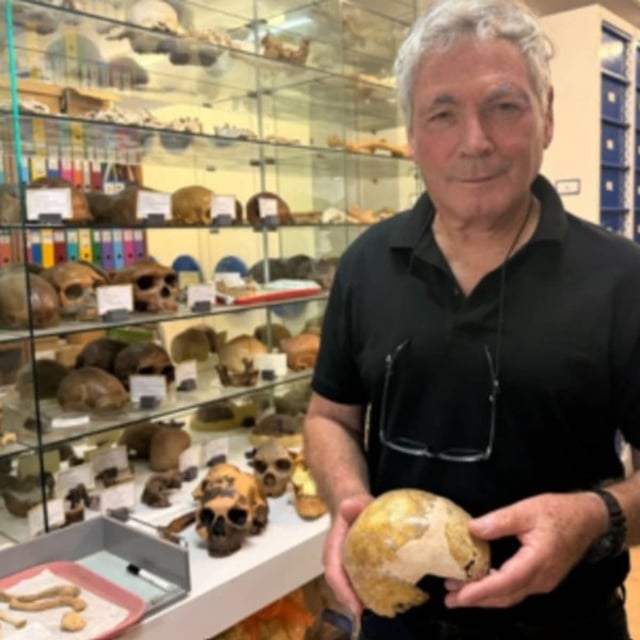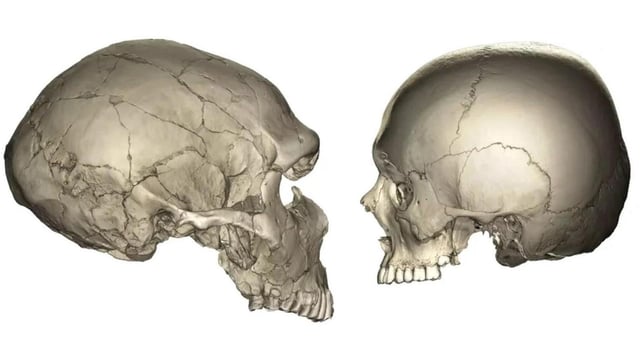Overview
- A Tel Aviv University–CNRS team used micro-CT scans and 3D reconstructions to reanalyze the juvenile skeleton known as Skhūl I from a cave on Mount Carmel in Israel.
- The study reports a Homo sapiens-like cranial vault alongside Neandertal-typical inner ear structures, lower jaw traits, and intracranial vascular patterns.
- The specimen dates to roughly 140,000 years ago and likely belonged to a three- to five-year-old child excavated in the 1930s.
- Authors interpret the fossil as the earliest physical evidence of interbreeding in the Levant, with local Neandertals contributing genes to incoming Homo sapiens populations.
- Experts including Chris Stringer and John Hawks dispute a hybrid diagnosis based solely on anatomy and urge genome-level testing; the paper appears in l’Anthropologie with Bastien Bouvier as first author and Israel Hershkovitz as senior author.


